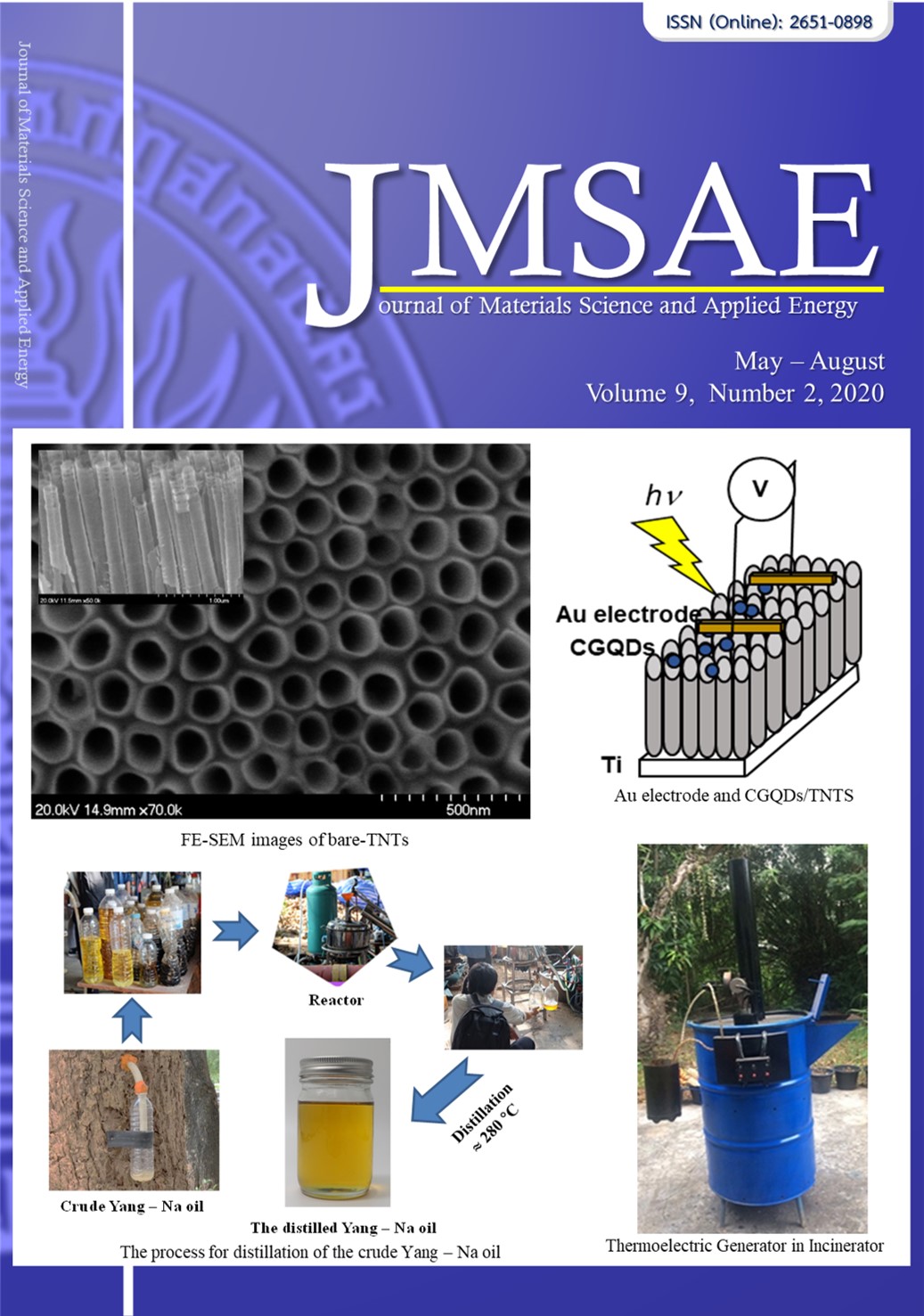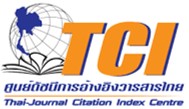Quick Detection of Uranium and Thorium Radioactive Materials in NORM Sample Using Laser Induced Plasma Spectroscopy Technique (LIPS)
Keywords:
LIPS, Laser Ablation, NORM, Uranium, Thorium, NuclearAbstract
Nuclear technology has been developed well in Indonesia because of its wide applications. The nuclear technology applications are not only for energy but also for health, agriculture and industry. The exploitation of nuclear technology should certainly consider to minimize the effects of nuclear radiation hazards both for workers and environment around the installations. It is conducted by monitoring, detection and measurement of such nuclear radiation within their operational area. Generally, it is carried out initially by nuclear detection devices, another method used for nuclear detection using Laser Induced Plasma Spectroscopy (LIPS). LIPS technique has fast qualitative and quantitative response, uses in situ sample analysis, and almost has no need sample preparation for its detection process. Nd-YAG laser Q-Switch 355 nm, 10 Hz, pulse duration of 5.50 ns, f = 100 mm, the energy 107 mJ was focused on Natural Occurring Radioactive Material (NORM) for its sample, under a surrounding air pressure of 1 Torr. It was demonstrated that good quality spectra were obtained with very low background for spectrum line of thorium and uranium .The results show that LIPS technique using optimum of 107 mJ laser energy qualitatively be able to identify the presence of radioactive elements, i.e. Uranium (U) and Thorium (Th) contained in the test sample. Predictive value of U is obtained 155 ppm with
11.30% error while its detection limit value is 7.89 ppm, and Th is obtained 124 ppm with
8% error while its detection limit value is 12.40 ppm. The experiment shows that LIPS technique is inherently very suitable and it is possible to be used as a measurement technique, analysis and identification of the presence of radioactive materials.








